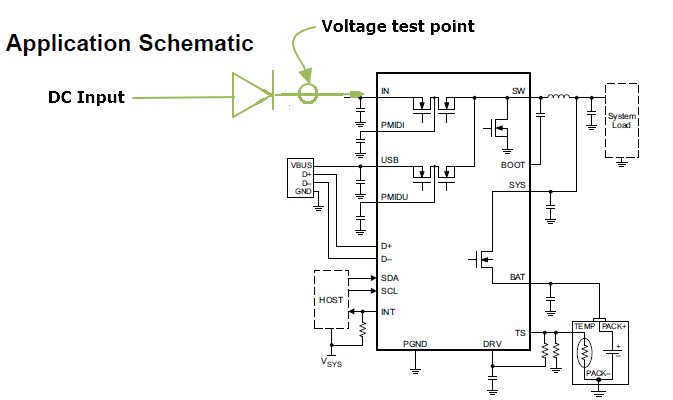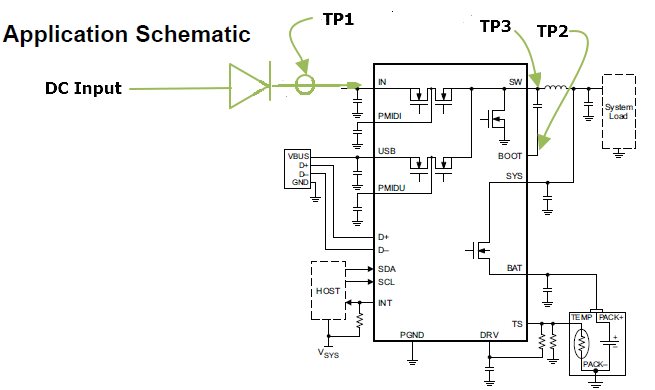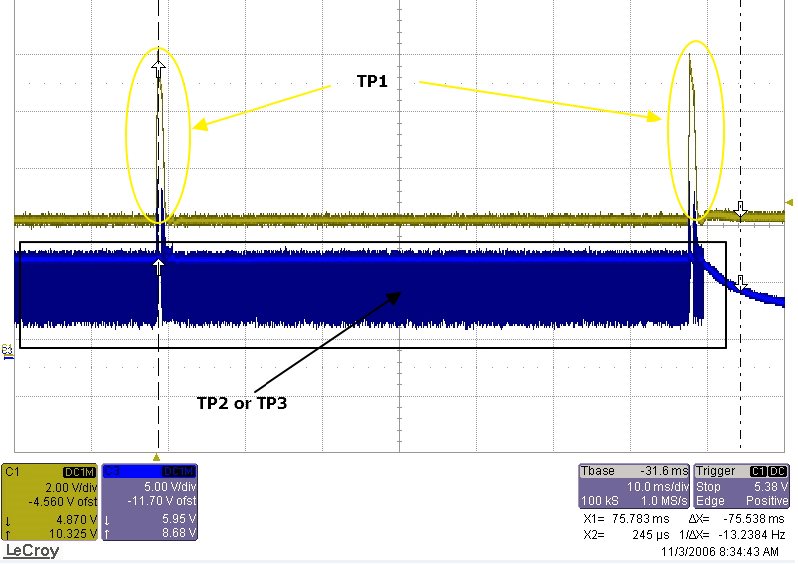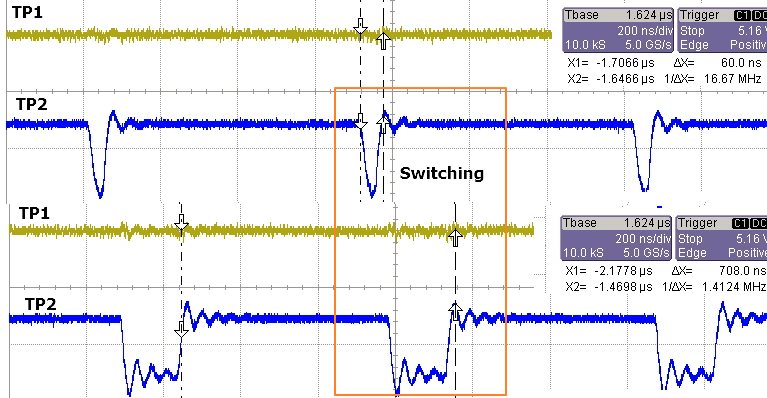Other Parts Discussed in Thread: BQ25890
Hi Sir,
Regarding to the reverse current protection of Charger BQ24160, we try to add diode to prevent this phenomenon (base on BQ24160 reverse boost issue), as follows,
We found that they have voltage ringing on the Voltage Test Point about the above application, refer to the next figures,
Figure 1, Figure 2,
Could you have any suggestions about this application schematic?
thanks
Jingle







